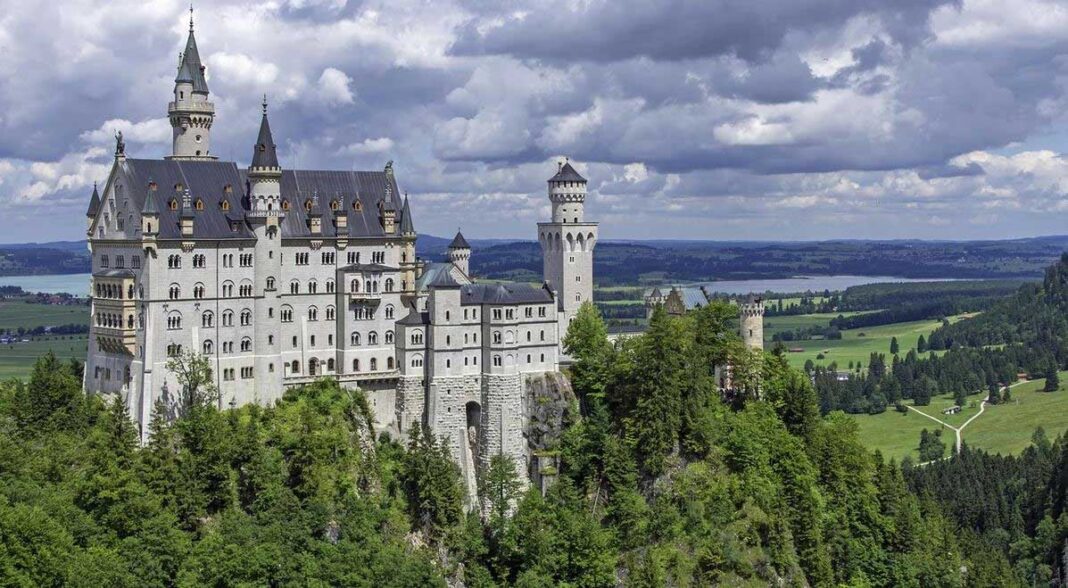Four palaces of King Ludwig II, including Neuschwanstein, as well as more than 550 megaliths at Carnac in northwestern France, have been awarded World Heritage status.
The fairytale Bavarian palaces and castles have been included in the UNESCO World Heritage List. All four sites in Bavaria are enchanting with their picturesqueness. Last year, over 1.5 million tourists visited them. Neuschwanstein, whose silhouette inspired the famous castle from the Disney intro, attracted the most people.
As Maria Böhmer, Chair of the German Commission for UNESCO, emphasized these architectural masterpieces are not only a testament to the artistic imagination, but also to the eccentricity of their creator.
Neuschwanstein Castle, as well as the palaces of Herrenchiemsee, Linderhof and the royal pavilion in Schachen were commissioned by Ludwig II of Wittelsbach, known in Germany as the “Fairytale King” or “Mad King”. The buildings were erected in the second half of the 19th century, and it was in them that the eccentric monarch spent the last years of his life.
Also included in the UNESCO World Heritage List are the prehistoric megaliths in the Carnac area of western France.
These structures made of huge stones were built in the Neolithic period, more than 4.5 thousand years ago. Over 550 such structures are located on an area of one thousand square kilometers. Their exact purpose remains unclear. Every year, about 300 thousand tourists visit them.
The United Nations Educational, Scientific and Cultural Organization (UNESCO) said that the megaliths of Carnac “represent unique evidence of the technological sophistication and organization of Neolithic societies, which allowed them to extract, transport and move stones and earth to create a complex symbolic space that reflects the special relationship of people with the environment.”
Inclusion in the UNESCO World Heritage List does not directly provide financial benefits, but it attracts new tourists, which can lead to an increase in ticket sales.









